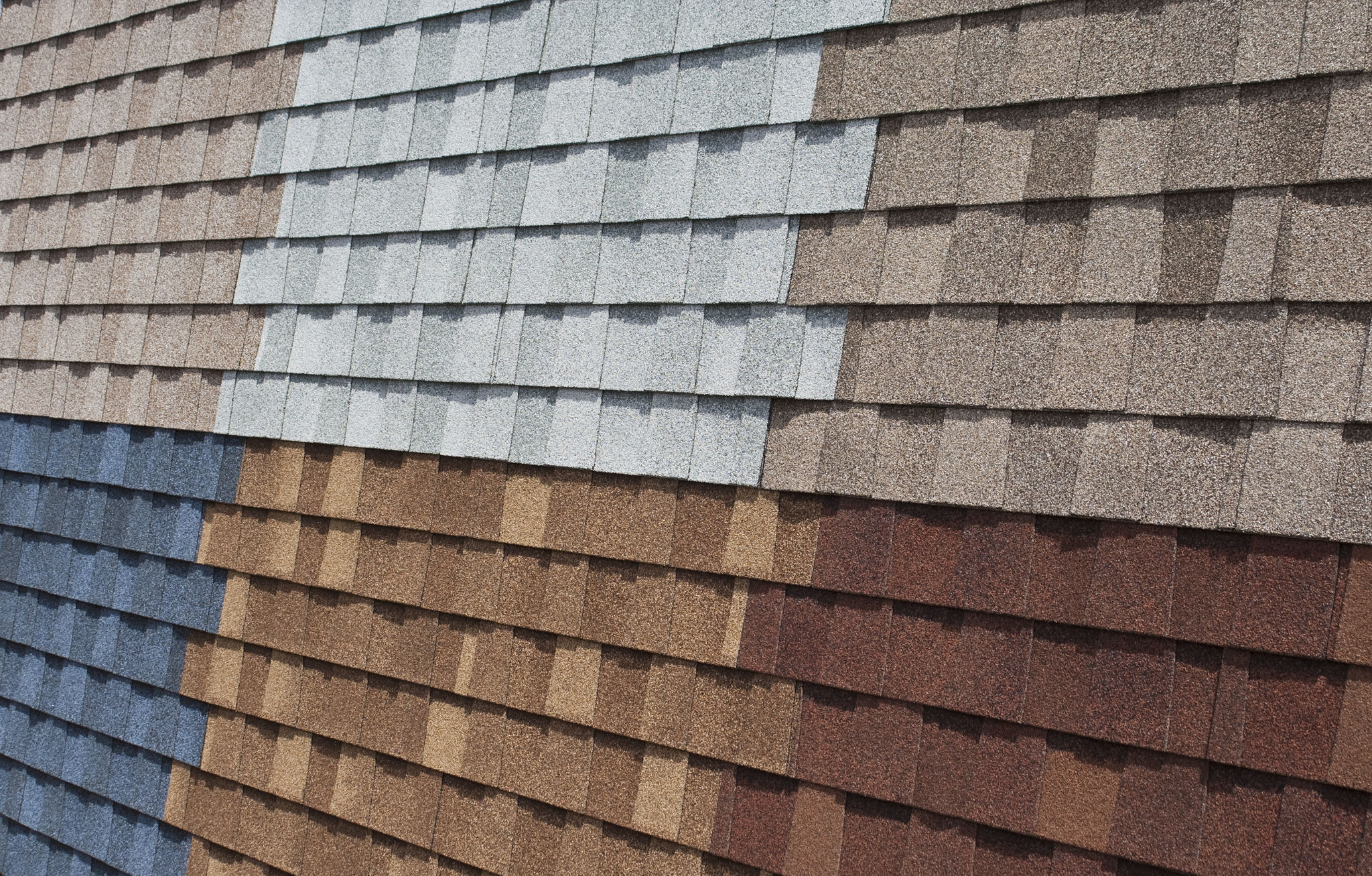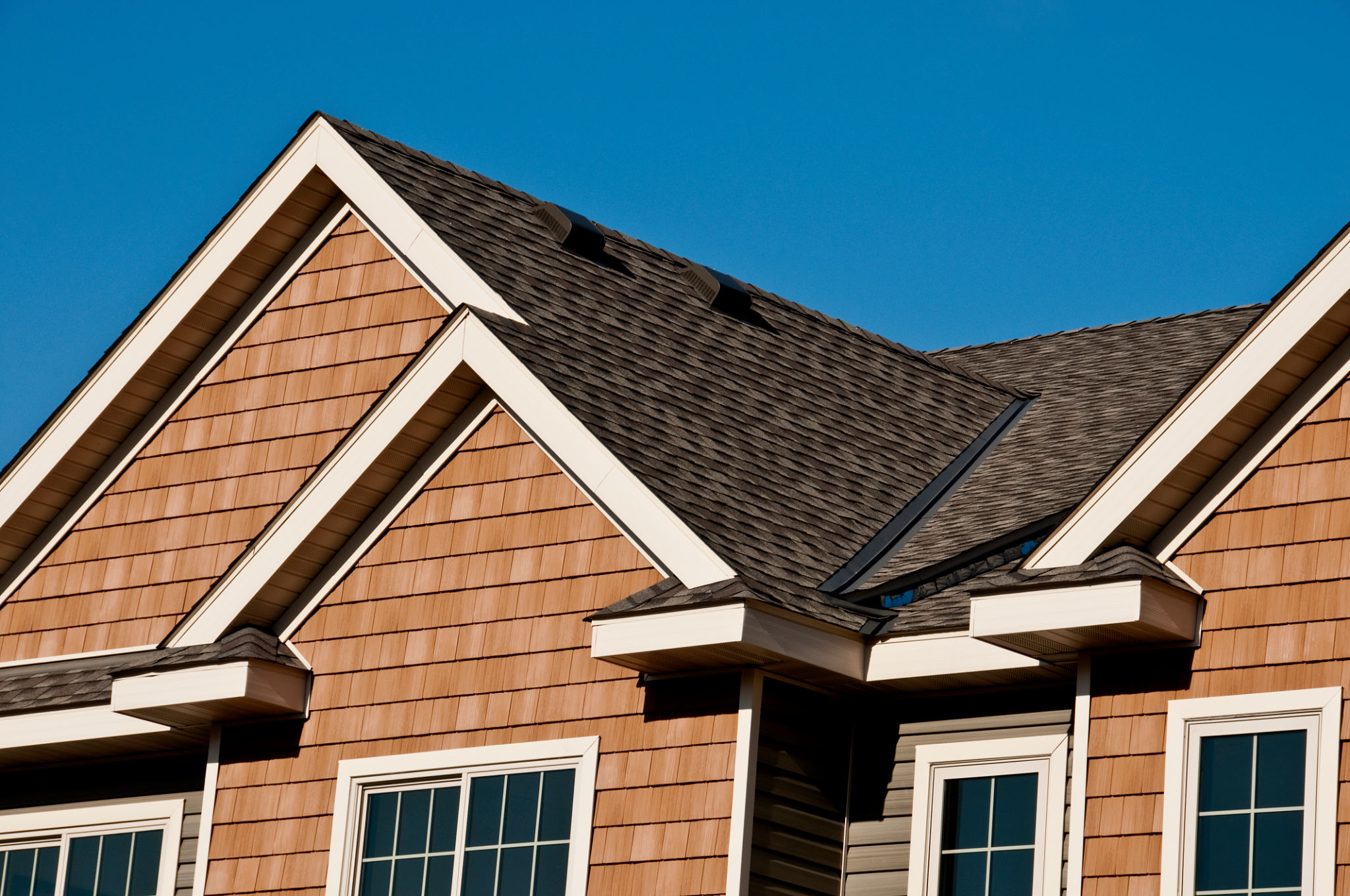Comparing Metal vs. Tile Roofing: What’s Best for Your Home?
Understanding the Basics of Metal and Tile Roofing
When it comes to selecting a roofing material for your home, the decision often boils down to two popular options: metal and tile. Both roofing types offer distinct benefits and challenges, making them suitable for different climates, architectural styles, and budgets. Understanding these options can help you make an informed decision that best suits your needs.

Durability and Longevity
One of the foremost considerations for homeowners is the durability of the roofing material. Metal roofs are renowned for their long lifespan, often lasting 40 to 70 years depending on the material. They are resistant to weather extremes, corrosion, and can withstand high winds. On the other hand, tile roofs made from clay or concrete can last even longer, sometimes exceeding 100 years, and are also highly resistant to fire and pests.
Energy Efficiency and Environmental Impact
Both metal and tile roofing offer excellent energy efficiency. Metal roofs reflect solar radiant heat, which can reduce cooling costs by 10-25%. Similarly, tile roofs provide natural ventilation under the tiles, creating a heat transfer barrier that helps in maintaining indoor temperatures. Moreover, both materials are environmentally friendly. Metal is fully recyclable, and tiles are made from natural materials that have minimal environmental impact.

Cost Considerations
The initial cost of installation is often a significant factor in choosing roofing materials. Metal roofing tends to be more affordable than tile in terms of upfront costs but can vary based on the type of metal used. Tile roofing is generally more expensive due to its material and labor-intensive installation process. However, both options offer excellent value over time due to their longevity and minimal maintenance requirements.
Aesthetic Appeal and Design Flexibility
Aesthetics play a crucial role in choosing a roofing material. Metal roofs are available in a variety of styles, colors, and finishes, offering flexibility in design to match any architectural style. Tile roofs also provide an elegant and classic appearance that enhances curb appeal. They come in various shapes and colors, allowing for customization to fit diverse design preferences.
Maintenance and Repairs
When it comes to maintenance, metal roofs require little upkeep beyond regular inspections and occasional cleaning. They are less prone to issues like cracking or breaking compared to tiles. Tile roofs, while durable, may need periodic maintenance to replace broken or cracked tiles and ensure proper sealing.

Weather Resistance
Both metal and tile roofs offer robust weather resistance. Metal roofs are excellent at shedding snow and ice, making them ideal for colder climates. They also perform well in high winds and hailstorms. Tile roofs excel in hot climates due to their thermal mass, which helps in reducing heat transfer into the home.
Noise Insulation
Noise insulation might be a consideration depending on your home's location. While metal roofs can be noisier during heavy rain or hail, modern designs with proper insulation can significantly reduce noise levels. Tile roofs naturally provide better sound insulation due to their density.
Conclusion: Making the Right Choice
Choosing between metal and tile roofing ultimately depends on your specific needs and priorities. Consider factors such as climate, budget, aesthetic preferences, and long-term value when making your decision. Both types offer unique benefits that can enhance your home's functionality and beauty for decades to come.

